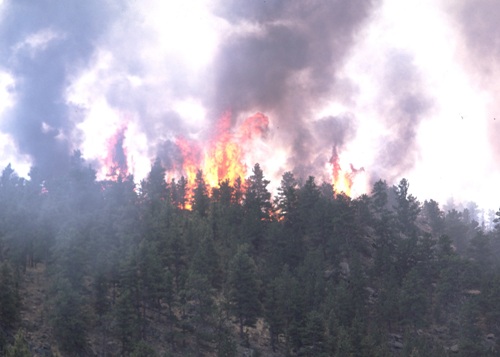Excerpt from: Régnière, J. 2009. Predicting insect continental distributions from species physiology. Unasylva. 60:37-42.
Global spread of harmful forest pest species is a possible consequence of climate change. However, because of the diverse and complex responses of insects to climatic factors, it is difficult to make general predictions. Generic modeling tools, such as BioSIM (Régnière and St-Amant 2008), use available knowledge about the responses of particular species (usually pests) to key climatic factors to predict their potential geographic range and …


